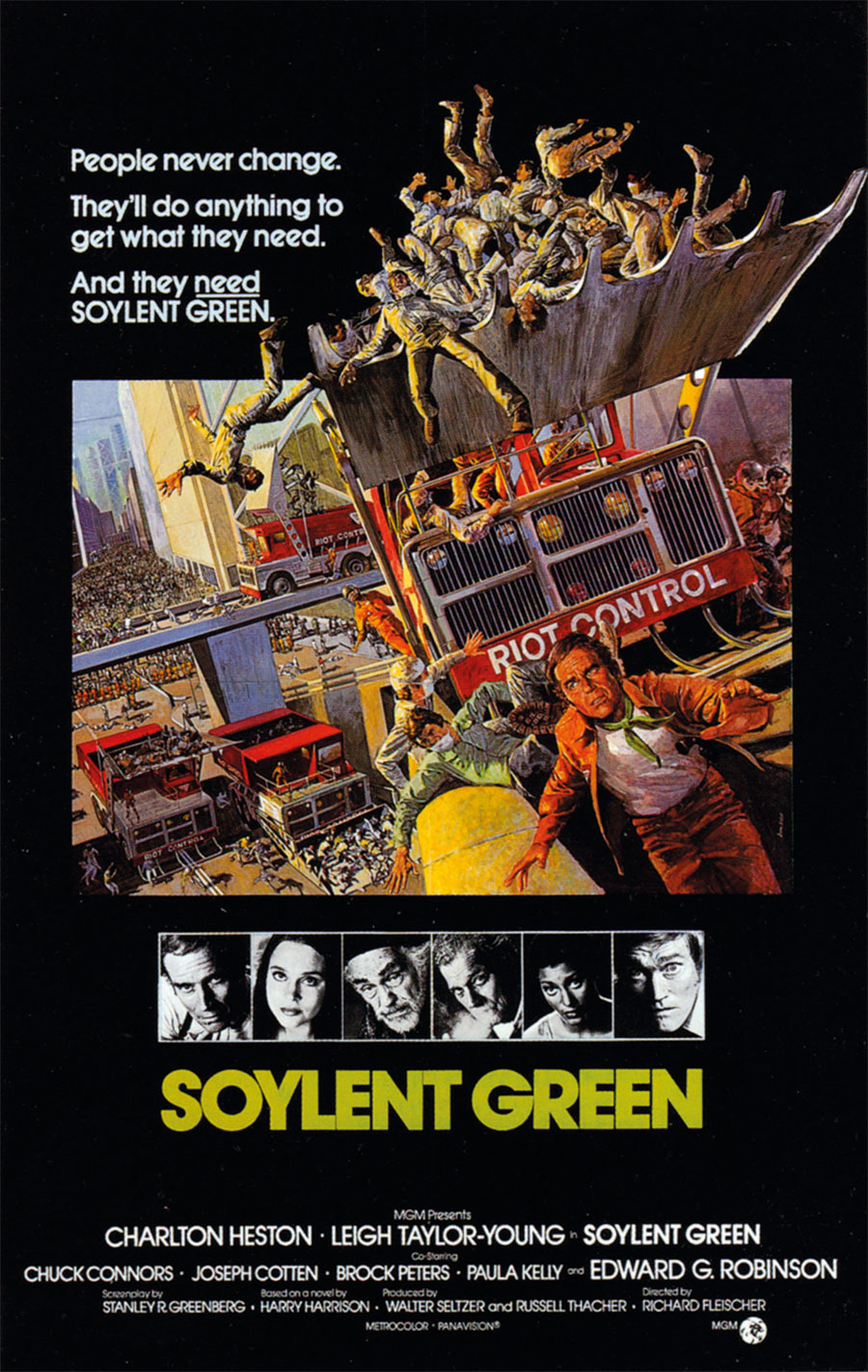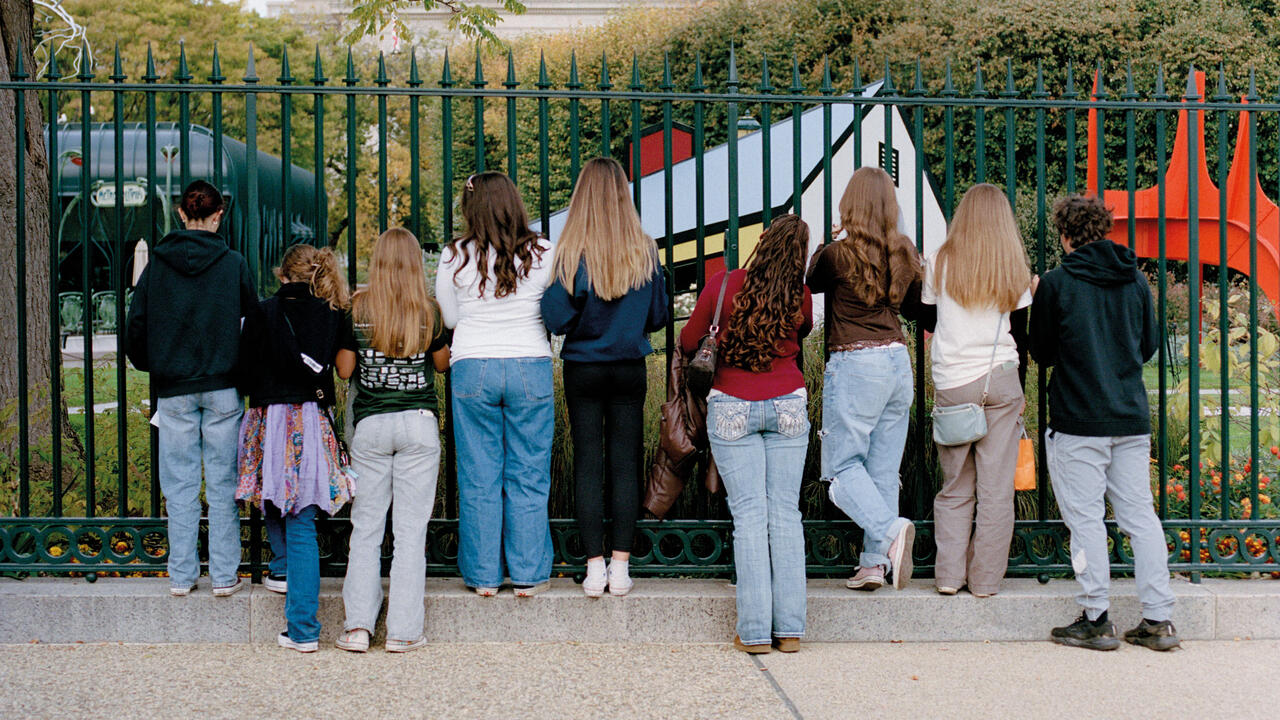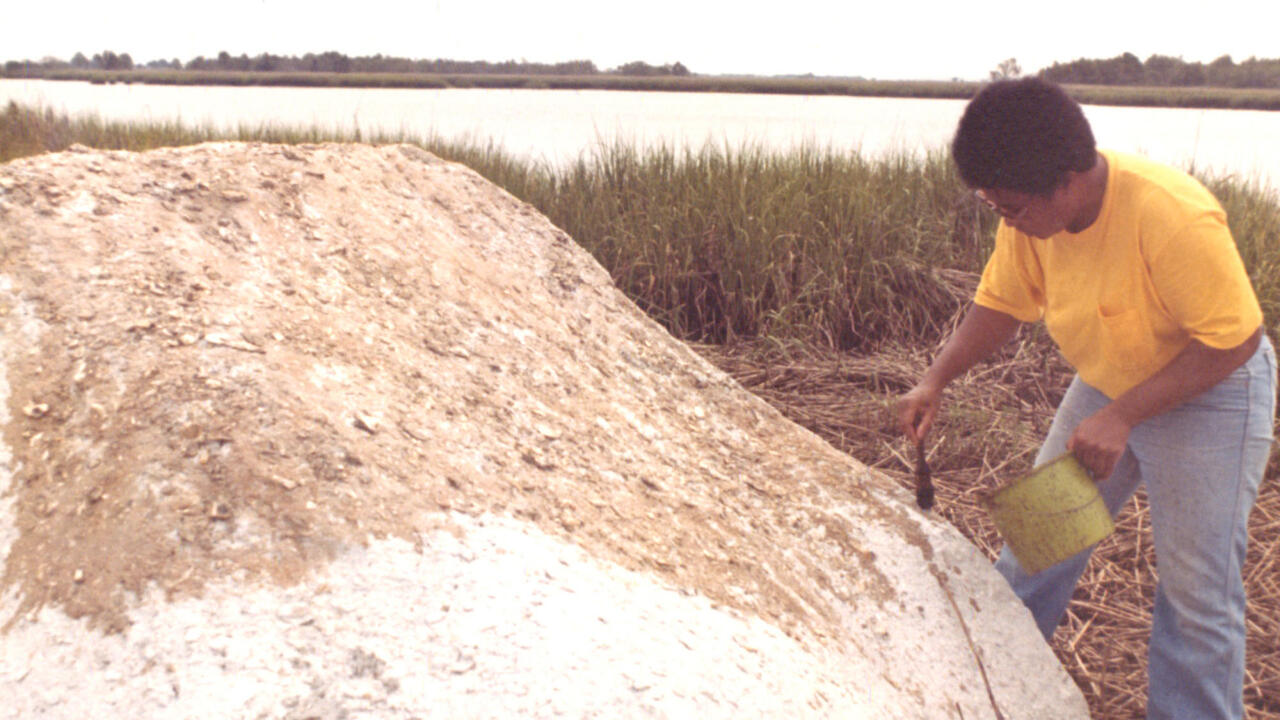The Sci-fi Future of Food
How dystopian literature influenced the meal replacement industry
How dystopian literature influenced the meal replacement industry

The dense, dark-green square has a faecal look to it, with a whiff that is chocolatey at first, a bit more hazy-sweet up close, like a memory of sponge-cake crust. It’s dry and grainy in the mouth, with insistent crunchy bits, the shrill sweetness riding to the back of the throat. My tongue feels like it’s covered in sandpaper mulch; I’m a bit queasy and the top of my head is buzzing: welcome to the future of food.
The Nonbar (2017) is the first product from Nonfood, a company started by artist-entrepreneurs Lucy Chinen and Sean Raspet. Made from pressed lemna, chlorella and spirulina algae, with some roasted broad beans thrown in for added protein, the Nonbar is an attempt to make a food source that is stubbornly nutritious and optimistically sustainable. ‘To counter the global environmental crisis, we need a new, radically different food system,’ opens the sales pitch, positioning the bar as a cupboard staple for the apocalypse. Raspet’s own work has, for several years, walked a clinically murky path, using chemical compounds as his raw material: in 2014, for instance, when he coated a gallery – and the visitors who touched its surfaces – with a gel of UV-sensitive synthetic DNA, or when, later that year, he dispersed the scent of newly created molecules into his exhibition ‘Residuals’. The Nonbar is particularly interesting, though, in how it reflects the latest, and perhaps the most overt, instance of art’s influence on what we eat, and on what we imagine ourselves to be eating in years to come.

The brownie-like vessel of the Nonbar relates directly to the countless protein bars and energy pellets that have flooded into shops over the past few years, and also to the handful of shakes and liquids that are plant-based, full-meal replacements: Huel, Plenny, Purition, Soylent. These opaque, monochromatic foodstuffs aren’t just for bodybuilders or weight-loss scams anymore; they profess to give you all the sustenance you need, smoothly and efficiently. Food without anything that’s recognizably food: everything we eat, the producers of these brands claim, is already processed; this is just the next step along, combining only what’s necessary. It would seem to fit the popular science-fiction cliché of the meal-in-a-pill, though ‘futuristic’ no longer feels like a useful adjective when it’s more about making a grey protein mulch visually and literally palatable. The creators of the Nonbar seem conscious of its similarities to the green wafers from dystopian classic Soylent Green (1973), starring Charlton Heston and Leigh Taylor-Young, in which the plankton that provides sustenance for the overcrowded city has disappeared, leaving the inhabitants themselves as the next food source. But the eco-warning of the film has been shrugged off, with meal-replacement brand Soylent presumably adopting the name – an amalgamation of soy and lentil – to evoke a happy, plant-based future. (Although the name must carry some ironic self-awareness; I’m sure I can’t be the only one for whom the word triggers an internal replay of Heston’s final shout: ‘Soylent Green is people!’) Raspet himself worked for a time as a flavour designer for Soylent, producing the flavours ‘Technical Food’, ‘Technical Milk’ and ‘Nectar’ as ways to use the synthesized drink to explore how taste might embody abstract concepts.
What’s remarkable is that we’re already eating this stuff, without any great hesitation or doubt. Fast-food chains can’t keep up with demand for ‘bleeding’ meat-free burgers, while synthetic meats are close to being commercially available. It makes the parodies found in science-fiction literature seem quaint: whether the ‘scum’ – sliced from a perpetually growing mass of chicken heart muscle, known affectionately as Chicken Little – that everyone eats in the world of Frederik Pohl and Cyril Kornbluth’s The Space Merchants (1952) or the ‘bland, tofu-like consistency and inoffensive flavour’ of ChickieNobs – lab meat grown from barely sentient engineered animal parts – in Margaret Atwood’s MaddAddam trilogy (2013).
Raspet’s role as a scientific tinkerer harks back, in fact, to another experience engineer from almost a century earlier. Edward Elmer Smith came from a potato-farming family and majored in chemical engineering at the University of Idaho. In 1919, he was given a job as chief chemist for F.W. Stock & Sons, in charge of what would become his lifelong focus: doughnut dough mix. Smith carved a niche for himself in a relatively specialist area of cereal chemistry, devising his own recipes and machinery. All the while, Doc, as he liked to be known, was an enthusiastic part-time writer, producing some of the first interplanetary science fiction. Starting with The Skylark of Space, which was serialized in Hugo Gernsback’s influential Amazing Stories magazine in 1928, and through his layered Lensman series (1937–48), his high melodrama stories were filled with go-get-’em inventors, epic battles and swooning romances, all set to a backdrop of the stars. It was hammy and cliché, yes, but it also provided an enduring template – from Flash Gordon (1934) to Star Wars (1977–2019). Credited as the inventor of the space opera, Doc left an indelible mark on the imaginary scope of the 20th century.

Despite being at the forefront of food technology, manipulating doughnut dough viscosity and improving preservation methods, Doc demoted food to a fairly staid presence in his stories – frequently consisting of boiled ham and sandwiches – bringing the middle-class American kitchen wholesale to somewhere above Ganymede. But, etched into imaginary intergalactic existence, and into the DNA of science fiction, is the precision and control of highly processed foods. Doc got us ready for Soylent, Huel and schmeat; he paved the way for imagining situations in which such foods were not just necessary, but desirable.
Chinen and Raspet’s application of chemical engineering is, as was Doc’s, at the service of fiction: the Nonbar may not yet be required eating, but it exists in anticipation of when, as in any good dystopian story, it will be the only thing on the supermarket shelves. Its current circulation as an ambiguous artwork of sorts means it reaches a receptive and willing test audience: art not so much as avant-garde but as the saliva of the world; an initial gloop that starts the digestion process. It puts another spin on the slushing, slopping artworks of recent decades – from Lynda Benglis’s overflowing mounds of molten polyurethane, such as Quartered Meteor (1969), to the dripping, barnacled stalagmites of bacteria-infested tempura flowers in Anicka Yi’s Maybe She’s Born with It (2015) (Yi has, in fact, collaborated with Raspet on several projects) or the globular, stomach-like glass vessels that dot the installations of Julia Crabtree & William Evans and the seemingly living machines of Pakui Hardware. They’re all getting us accustomed to the slimy textures of the future, teaching us to love the slop and the gruel, telling us to open wide.
This article first appeared in frieze issue 205 with the headline ‘Turning Green’.






















